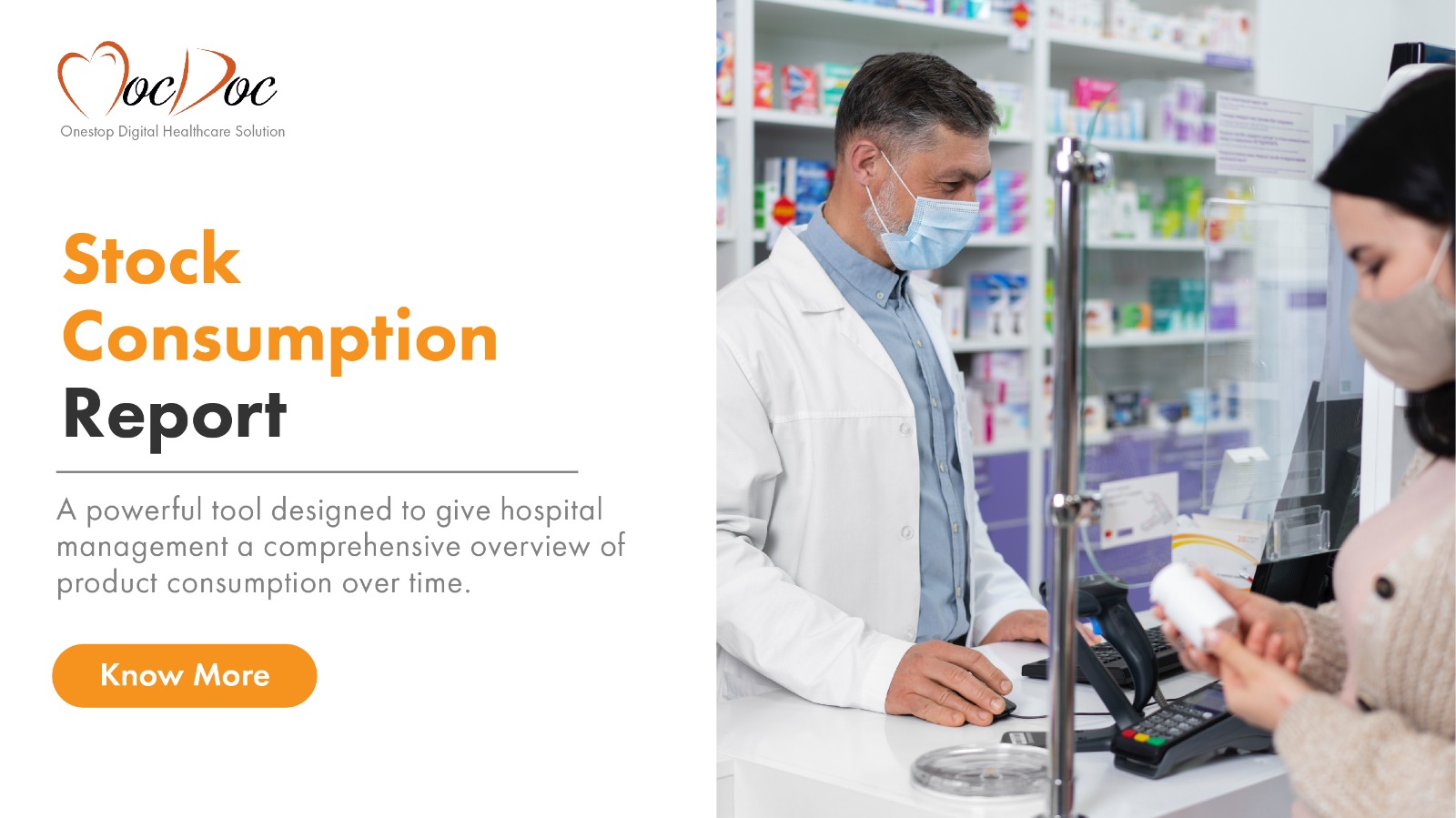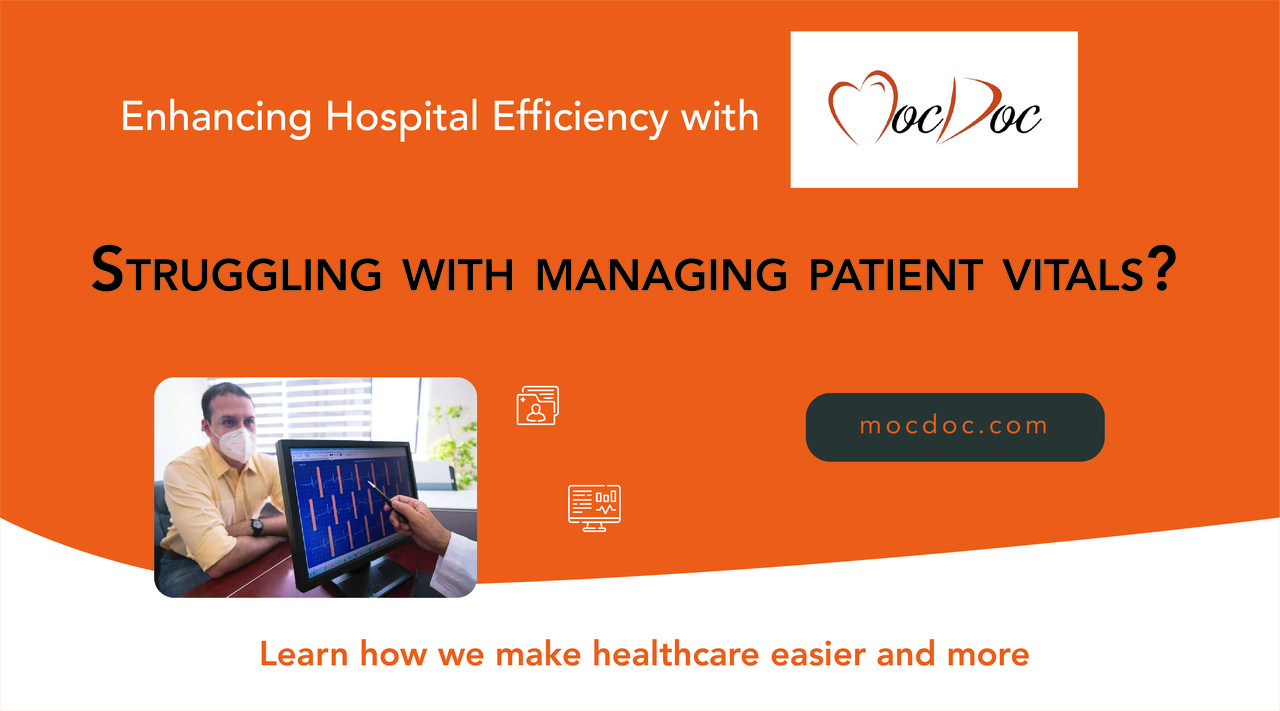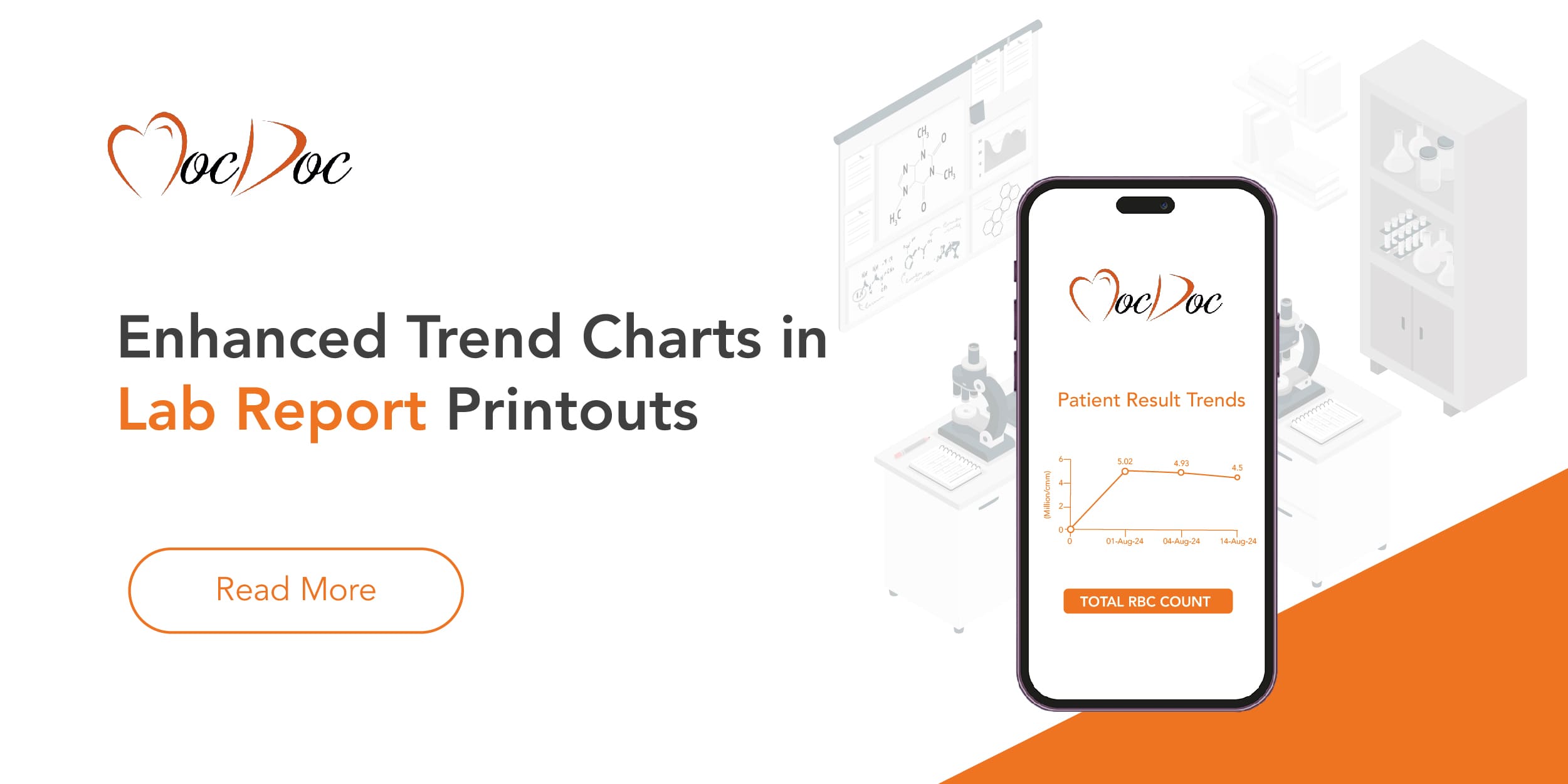
2024072513:22:12
Solutions to Procedure / Operation Rooms in Hospitals
Published by: Mohammed Siddiq

Excellent patient care is critical in the fast-paced environment of the hospital. An important but challenging aspect of patient care is recording and sharing vital signs across departments. From testing to counseling and laboratory testing, up-to-date and accurate critical information is essential to deliver high-quality care. However, this process often has several obstacles.
What Are the Challenges of Recording and Sharing Patient Vitals?
Protect cracked records 📃
In many hospitals, vital signs are recorded manually or on separate systems that do not communicate with each other. This fragmentation can lead to delays, errors, and incomplete record-keeping, which compromises patient care.
Time-consuming items ⏳
Recording life manually and then entering it into departmental systems is time-consuming. This inefficiency can delay patient care and increase the workload of nurses and administrative staff.
Lack of real-time data 🕒
Often, physicians and laboratory technicians do not have instant access to the most up-to-date vital signs. This delay can affect the accuracy of diagnosis and the effectiveness of treatment plans.
Incomplete data entry 🔄
Manual entry of vital signs can lead to inconsistent and erroneous results, which can lead to misdiagnosis or inappropriate treatment.
How Does MocDoc Simplify Patient Record-Keeping in Healthcare?
MocDoc addresses these challenges with an integrated approach to meeting patient needs, ensuring that vital signs are accurately recorded and shared easily across departments.
Centralized OP check-in list screen
MocDoc uses an OP Check-In List screen to display all logged-in patients. Nursing staff or staff working in the front office can easily enter and capture important items directly from this screen, simplifying initial data entry.
Integration with Doctor's Case Sheet 👨⚕️
Once the vitals are recorded on the OP Check-In List screen, they are automatically accessible on the doctor’s case sheet. This integration ensures that physicians have the most up-to-date vital signs immediately upon appointment, facilitating accurate diagnosis and treatment.
Access to laboratory systems 🔬
Vitals recorded on the OP Check-In List or Bill Info screen are also available on the laboratory result entry screen. This feature is especially useful for pathologists who need to highlight vital signs to harmonize test results, improving the accuracy of laboratory tests.
Comprehensive Patient Dashboard 📊
The MocDoc patient dashboard has a Vital Summary section that provides an overview of all vital signs collected from the patient since the initial visit. This summary helps healthcare providers manage changes and trends in a patient’s vitals over time, helping to manage chronic illness.
Seamless business process integration 🔗
By integrating critical recording and sharing into existing workflows, MocDoc reduces the administrative burden on healthcare providers. This seamless integration reduces the possibility of error and ensures that all departments receive accurate and up-to-date critical information.
Enhanced patient care ❤️
Instant access to vital signs at various departments will enable healthcare providers to make informed decisions sooner. This efficiency improves patient outcomes and provides a higher quality of care.
Improve Record Management With The MocDoc's Integrated System
Recording and sharing important patient information is an important but challenging task in clinical management. MocDoc addresses these challenges by providing a centralized, integrated system that provides accurate, real-time access to vital signs across all relevant departments. By streamlining procedures and reducing administrative burdens, MocDoc increases healthcare provider productivity and patient care quality.
Stock Consumption Report ...
Efficient storage of hospital materials: An introduction to s.....
Published by: Mohammed Siddiq
2024100213:06:55
Patient Vitals Monitoring...
In the fast-paced environment of a hospital, efficient patien.....
Published by: Mohammed Siddiq
2024100213:19:01
Trend Charts in Lab / Med...
In the ever-evolving world of medical diagnostics, the abilit.....
Published by: Mohammed Siddiq
2024100213:08:38
Strategies To Overcome Ch...
Optometry clinics face many challenges, from managing appoint.....
Published by: Mohammed Siddiq
2024100213:16:24






